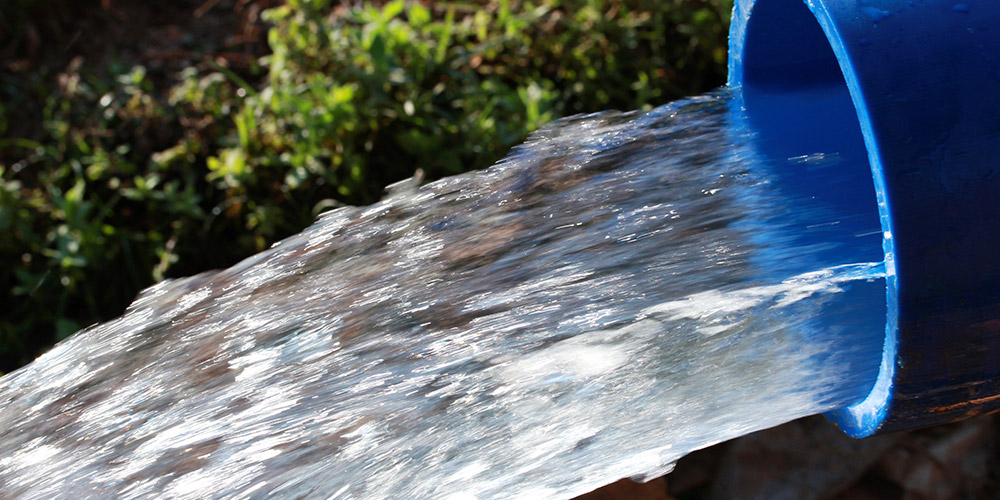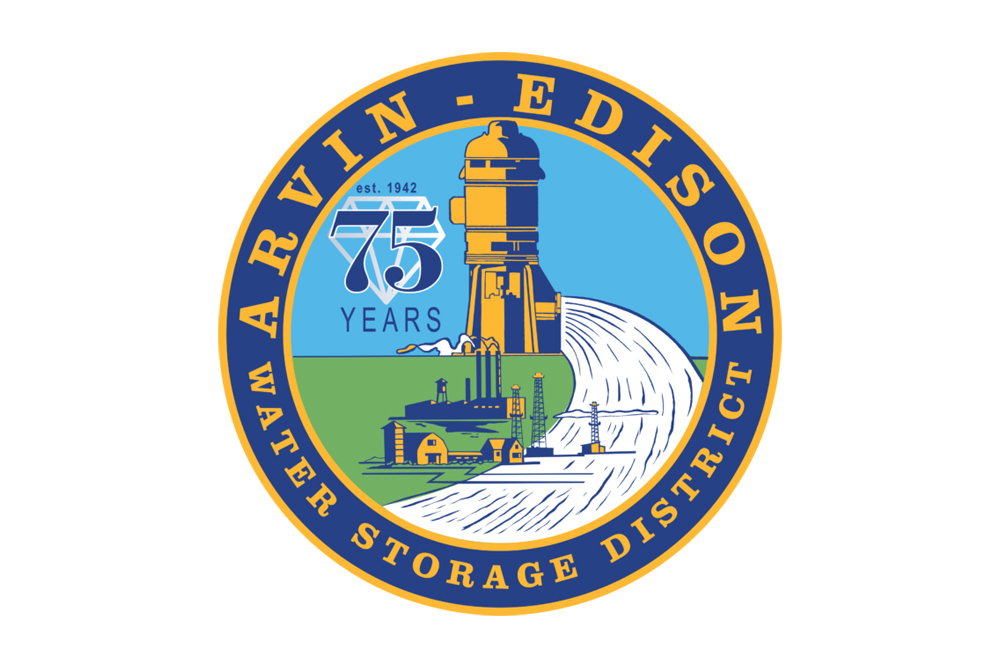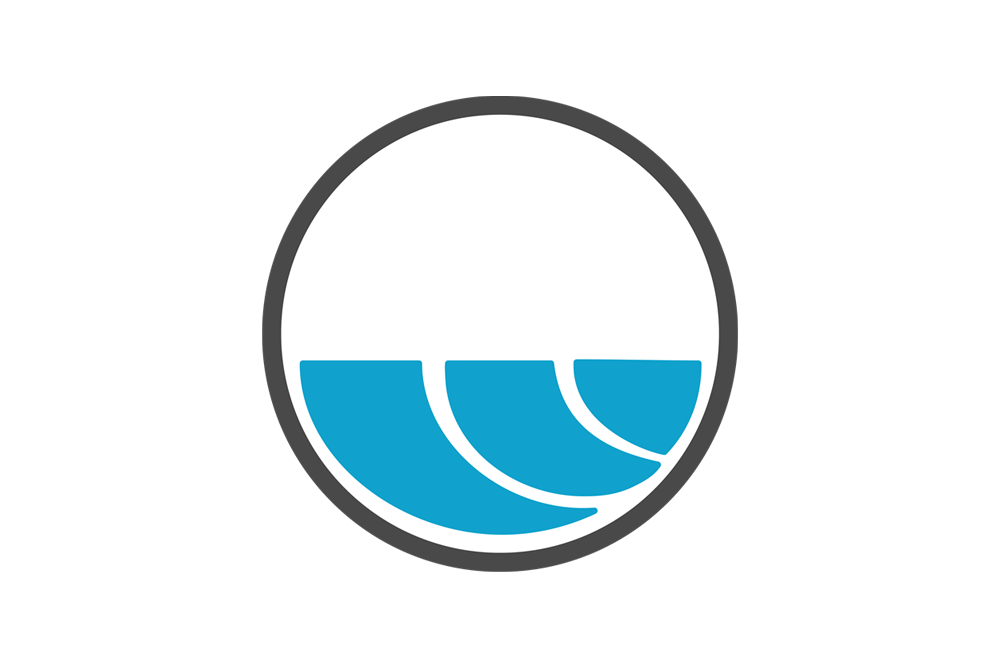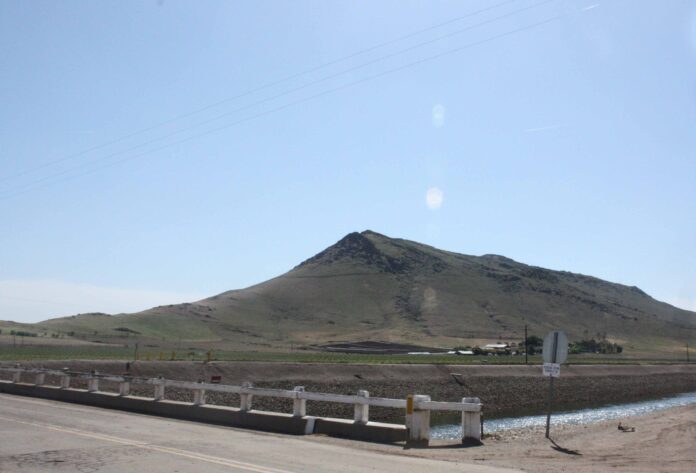As a follow-up to last month’s article Balancing Support for Water, I wanted to take a deeper dive into “collaboration”. However, instead of digging deep into the details, I thought it would be more appealing to climb the proverbial mountain and look at the idea of collaboration from 10,000 feet. In my 50+ years on this planet, I have experienced many a conversation where the other party came across as more interested in hearing themselves speak than having a discussion on a topic. At Risk Mitigators & Advisors, we pride ourselves on actively listening to our clients and their concerns before developing or discussing any options.
thought it would be more appealing to climb the proverbial mountain and look at the idea of collaboration from 10,000 feet. In my 50+ years on this planet, I have experienced many a conversation where the other party came across as more interested in hearing themselves speak than having a discussion on a topic. At Risk Mitigators & Advisors, we pride ourselves on actively listening to our clients and their concerns before developing or discussing any options.
Before you climb any mountain, you should make sure that you have the proper equipment and mindset. We will start here by getting the technical details out of the way. Collaboration is often used in a positive context to refer to two or more parties successfully working together on professional or artistic projects. It often implies not just cooperation but sharing and developing of each other’s ideas. (https://www.dictionary.com/browse/collaboration) We will establish the proper mindset by agreeing that we are both interested in discussing areas of the Sustainable Groundwater Management Act that make it a public policy issue. Now that we have laid the groundwork, we can start the climb.
There have been multiple articles written about the need for many different water users to come together and cooperate for the Groundwater Sustainable Plans (GSPs) to be effective. The Sustainable Groundwater Management Act (SGMA) received a lot of criticism in the beginning. There were initially over 260 GSAs (Groundwater Sustainability Agencies) formed in 140 basins. As stated in the California Department of Water Resources website, as SGMA continues to be implemented and the priorities and boundaries of some basins change, new GSAs will be formed, and existing GSAs may want to reorganize, consolidate, or withdraw from managing in all or part of a basin. I was pleasantly surprised when almost all the basins classified as critically overdrafted successfully submitted their GSPs by the deadline. This process required tremendous collaboration and cooperation since the natural basin boundaries do not follow the politically drawn government and water agency borders. The climb up the mountain continues. Along the way, there have been successes and failures. Some agencies and districts stumbled and fell, received bumps and bruises, but still kept on climbing to meet the goal. Some teams climbed faster than others, but it was not a race. The idea was to collaborate and work together to successfully complete the project and develop a framework which the public could follow and be the overall beneficiary.
almost all the basins classified as critically overdrafted successfully submitted their GSPs by the deadline. This process required tremendous collaboration and cooperation since the natural basin boundaries do not follow the politically drawn government and water agency borders. The climb up the mountain continues. Along the way, there have been successes and failures. Some agencies and districts stumbled and fell, received bumps and bruises, but still kept on climbing to meet the goal. Some teams climbed faster than others, but it was not a race. The idea was to collaborate and work together to successfully complete the project and develop a framework which the public could follow and be the overall beneficiary.
As we reach the next base camp, continued collaboration between all the parties involved continues to be a top priority. Each party in each GSA brings a different perspective and potential tactical plan to discuss how to meet the parameters set out in the framework of their respective GSP. By being engaged and actively listening, I am confident that the GSAs will flesh out the details of their plans to best meet the needs of the water users in their areas. SGMA is not made to be a “one size fits all” project. Ingenuity, new product development, and cooperation are all necessary for the individual plans to work successfully. One water district that I believe has embraced collaboration is Rosedale-Rio Bravo Water Storage District in Kern County, California. They started at the 10,000-foot level and met with their landowners via several workshops to determine what type of accounting programs would help landowners easily manage their water budgets for SGMA. Then the District partnered with multiple companies and agencies to develop an online platform that landowners would actually use. A “win-win-win” for the district, landowners, and businesses. However, they did not stop there. With the work of their partners, they have also made their platform open source so others can build off what they have started with less capital expense. I believe they are looking out for the greater public good and taking collaboration to the next level.
successfully. One water district that I believe has embraced collaboration is Rosedale-Rio Bravo Water Storage District in Kern County, California. They started at the 10,000-foot level and met with their landowners via several workshops to determine what type of accounting programs would help landowners easily manage their water budgets for SGMA. Then the District partnered with multiple companies and agencies to develop an online platform that landowners would actually use. A “win-win-win” for the district, landowners, and businesses. However, they did not stop there. With the work of their partners, they have also made their platform open source so others can build off what they have started with less capital expense. I believe they are looking out for the greater public good and taking collaboration to the next level.
Whether you have been wanting to start at the base of the mountain and collaborate with your neighbor on a water/land concern, or you have already set up your base camp half-way up the mountain and have started discussions with other organizations or companies, Risk Mitigators & Advisors can assist you by working as your trusted advisor. Conversations can be difficult and stressful if you do not fully understand “change management”;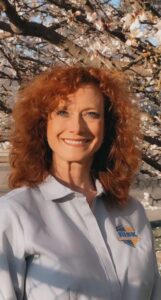 however, that is where an independent consultant can be helpful. Having no financial interest in the companies or real estate in question allows us to be objective and impartial. The goal of working collaboratively to successfully meet a goal is achieved! Call, click or stop by our office at 2525 Alluvial Avenue, Suite 151, Clovis, California 93611 to discuss the next water/land project we can help you collaborate on.
however, that is where an independent consultant can be helpful. Having no financial interest in the companies or real estate in question allows us to be objective and impartial. The goal of working collaboratively to successfully meet a goal is achieved! Call, click or stop by our office at 2525 Alluvial Avenue, Suite 151, Clovis, California 93611 to discuss the next water/land project we can help you collaborate on.
DISCLAIMER OF RESPONSIBILITY; Waterwrights strives to provide its clients with the most complete, up-to-date, and accurate information available. Nevertheless, Waterwrights does not serve as a guarantor of the accuracy or completeness of the information provided, and specifically disclaims any and all responsibility for information that is not accurate, up-to-date, or complete. Waterwrights’ clients therefore rely on the accuracy, completeness and timeliness of information from Waterwrights entirely at their own risk. The opinions expressed in this report are those of the author and do not represent any advertisers or third parties.
ALL RIGHTS RESERVED. Copyright 2021 by WaterWrights.net/DAW

